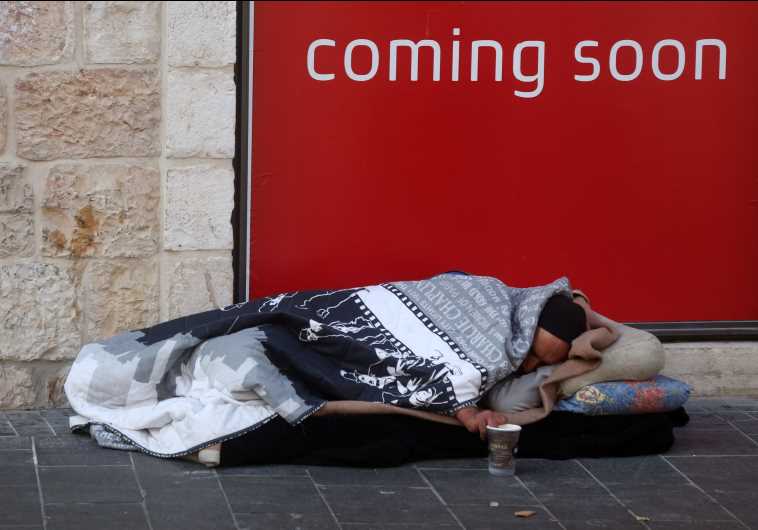‘Poverty rate in Israel high relative to developed countries’
Israeli households have trouble covering expenditures, Taub Center study reveals.
 Homeless person on Jaffa Street in Jerusalem.(photo credit: MARC ISRAEL SELLEM/THE JERUSALEM POST)Updated:
Homeless person on Jaffa Street in Jerusalem.(photo credit: MARC ISRAEL SELLEM/THE JERUSALEM POST)Updated: